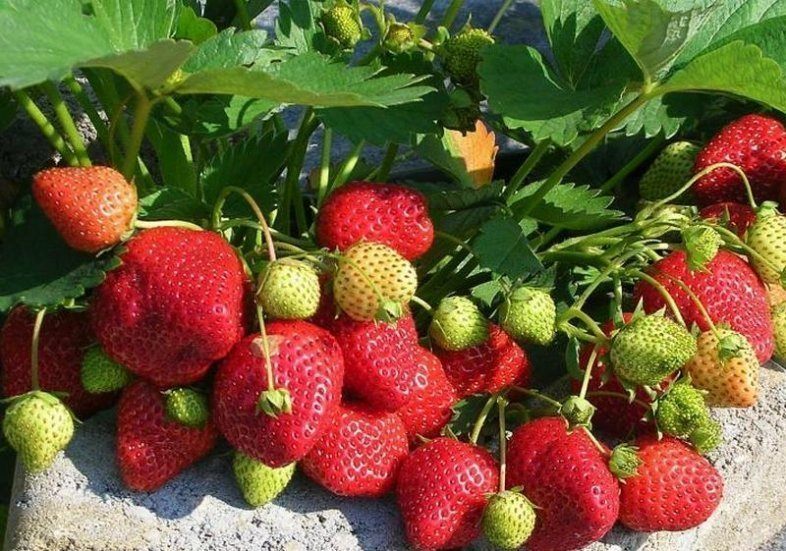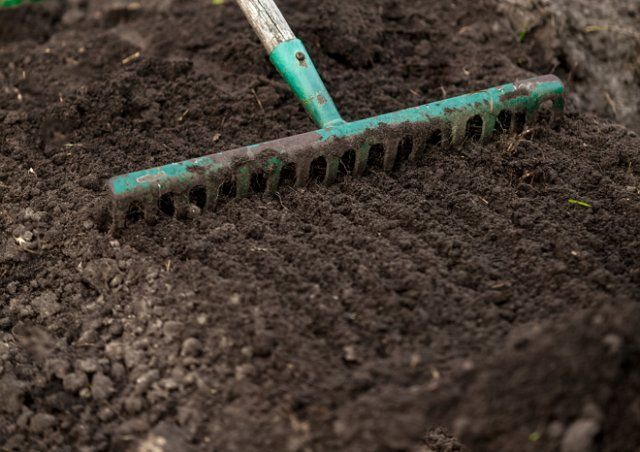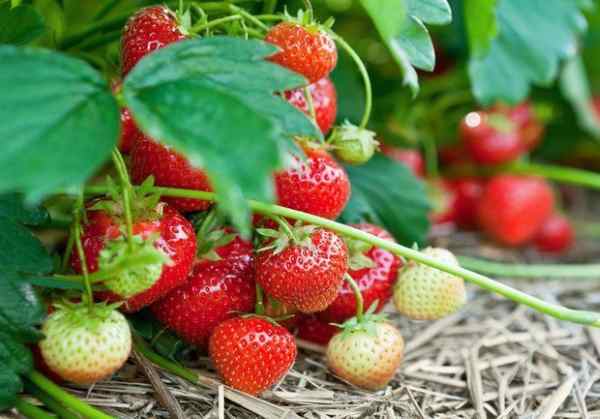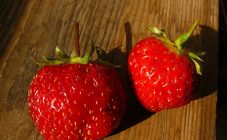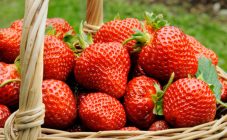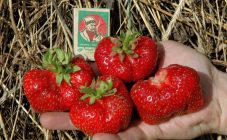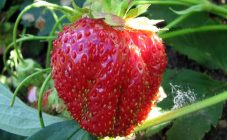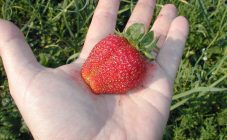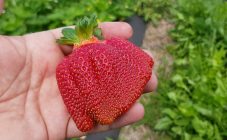Content:
Garden strawberry (or wild strawberry) is one of the most demanded and popular berries, grown in almost every household plot. Based on the results of the work of breeders, many varieties of sweet fruit have been created, to which the Garland strawberry considered in this review belongs.
History of creation
This remontant variety was bred by the famous breeder of the Academy. Timiryazeva G.F. Govorova, who has been working all her life to develop cultures that are resistant to the influence of external factors. There are several known hybrids from Govorova, which are successfully grown in most regions of Russia.
Strawberry variety Garland belongs to the group of frost-resistant plants, consisting of about 30 species of garden strawberries, capable of bearing fruit even with the onset of frost. 3-4 weeks after planting, a mustache appears on it, from which rosettes with many peduncles (in the form of a garland) are subsequently formed.
Attractive appearance allows this type of strawberry to be classified as ornamental plants. Garden bushes of a bright emerald color, completely hung with ripe berries, placed in flowerpots hanging on the walls of the pots or in containers, can decorate any garden plot.
Characteristic
Relatively small bushes of strawberries Garland with a description of the variety of which can be found in this section, have the shape of a ball, up to 20-25 cm high, and differ in a low index of thickening. As for its leaves, they grow to medium size, have an oval shape and small denticles at the edges. The color of the foliage of this variety is pronounced green, with a slightly noticeable bluish tint.
The full cycle of its fruiting lasts from May to October; moreover, during this time, the bushes are densely decorated with peduncles with ovaries forming on them and already ripening berries. Flowers of two sexes bloom on them at the same time, which is very important in terms of pollination of the culture and the timeliness of collection.
Regarding the berries themselves, it should be noted:
- They have a traditional conical shape and a classic bright red color.
- Their mass can range from 25 to 32 grams.
- Their pulp has a light pink tint, and the taste is mixed with a pure strawberry aroma.
- The assessment of the taste of varietal strawberries averages 4.1 points.
The total yield per season can reach 1-1.2 kg per fruiting bush. At the same time, fully ripe berries perfectly tolerate long-term transportation, preserving not only the presentation, but also the strawberry aroma on the road.
Agrotechnics
When choosing a material for planting on the beds, the following nuances must be taken into account:
- Bushes ready for planting must be pre-sorted.
- All seedlings are recommended to be arranged in the form of a full-fledged outlet with 3-4 already formed leaves.
- Their root system should be sufficiently developed, and the seedlings themselves should not have traces of any diseases and damage.
Only if all the conditions listed above are met, it will be possible to hope for a good harvest.
When choosing a place for planting plants, the following nuances must be considered:
- Loams and soils with a high content of peat components are not suitable for their cultivation.
- The intended landing site should be open enough and located on the sunny side.
It will need to be carefully dug up on the bayonet of a shovel in advance and half a bucket of ash should be added to the ground. With very heavy soil, about 3 kg of sand is added to it, and with a very poor composition - 5-6 kg of humus.
In order to form the beds, they should be raised by 20-40 cm, and then left for a couple of weeks for the final shrinkage of the soil.
From the description of the variety, it follows that the strawberry Garland is quite unpretentious and easy to grow, during which the main attention is paid to the following procedures:
- Timely and well-organized watering followed by loosening.
- Regular feeding, carried out according to a special scheme.
- Preventive treatment and weeding of bushes (to prevent diseases).
The frequency of watering this berry depends on the rate of drying of the soil.
When organizing dressings, traditional organic matter (humus or humus) is used, which is used no more than once a month. A little more often, mullein infusions are made for planting strawberries (2 times a month).
It is allowed to fertilize with known mineral additives 2-3 times a month. On the eve of the formation of peduncles, typical nitrogen fertilizers can be applied to the garden bed; during fruiting, preference is given to compositions containing potassium and phosphorus.
Regular loosening of the soil will allow air to freely penetrate to the roots of the plant, and timely weeding helps protect it from insects and from the spread of pathogenic fungi.
Pros and cons
Among the known advantages of this type of garden berries, the following stand out:
- Ease of vegetation.
- Moderation in the formation of processes (antennae).
- Sufficiently long fruiting period and an enviable yield.
- Excellent transportability, accompanied by complete preservation of the qualities and presentation.
The completely removable disadvantages of the Garland variety include its sensitivity to waterlogging of the soil, which can lead to serious fungal diseases.
The considered strawberry variety is adapted so that it can be grown in almost any climatic zone. The only condition for the successful vegetation of this variety is compliance with all the recommendations given in this review.
